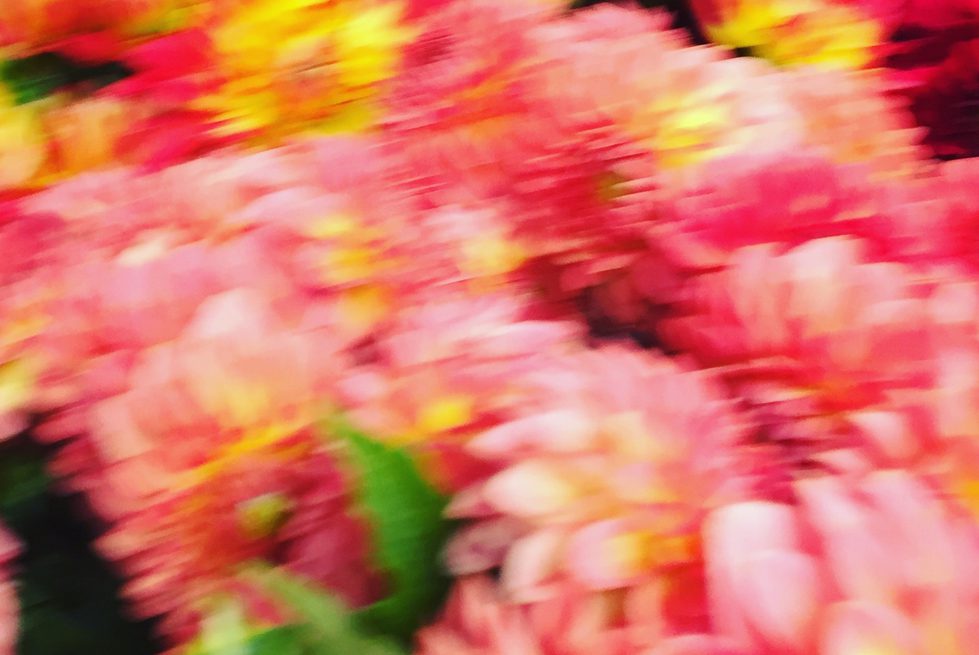
Many anthropologists drawn to experimental forms of ethnography have gravitated toward images as method. Lisa Stevenson (2014, 10) has proposed an “anthropology through the image,” suggesting that “drawing our anthropological attention back to imagistic rather than discursive modes of knowing allows us to be faithful to…experiences that have often gone unthought in ethnography.” Similarly, Michael Taussig (2011, 13) has characterized the immediacy of the drawn sketch as a mode of ethnographic understanding, writing that “drawing intervenes in the reckoning of reality in ways that writing and photography do not.” Harvard University’s Sensory Ethnography Lab has produced films including Lucien Castaing-Taylor and Véréna Paravel’s Leviathan, in which worlds are explored entirely through visual and sonic forms. As Stevenson and Eduardo Kohn (2015, 52) have suggested, Leviathan is “more like an ethnographic dream than a film.” They argue that “if the so-called ‘ontological turn’ in anthropology . . . is about finding ways to make room for other kinds of realities that we discover ethnographically without domesticating them as human, social, cultural, or linguistic constructions, then Leviathan provides a sensorial method for allowing these realities to make us over” (Stevenson and Kohn 2015, 52).
Images and image-making have increasingly become objects of anthropological inquiry, inspiring such work as Anand Pandian’s (2015) Reel World, which explores the anthropology of creation through an ethnography of Tamil cinema; Richard Baxstrom and Todd Meyers’s (2016) Realizing the Witch, a reflection on Benjamin Christensen’s 1922 film Häxan; Tarek Elhaik’s (2016) The Incurable-Image, on Mexican curatorial practices; and the Society for Cultural Anthropology website’s own Visual and New Media Review.
Echoing throughout this work in and on images is a larger question regarding the role of ethnography in the production of anthropological knowledge. This Correspondences session invites five anthropologists to ask: What form of understanding do images afford? How might images enable the anthropologist to access other worlds and forms of thought? What is an anthropology of or through the image? And what might engaging images as method or object contribute to contemporary anthropology?
References
Baxstrom, Richard, and Todd Meyers. 2016. Realizing the Witch: Science, Cinema, and the Mastery of the Invisible. New York: Fordham University Press.
Elhaik, Tarek. 2016. The Incurable-Image: Curating Post-Mexican Film and Media Arts.Edinburgh, UK: Edinburgh University Press.
Pandian, Anand. 2015. Reel World: An Anthropology of Creation. Durham, N.C.: Duke University Press.
Stevenson, Lisa, and Eduardo Kohn. 2015. “Leviathan: An Ethnographic Dream.” Visual Anthropology Review 31, no. 1: 49–53.
Taussig, Michael. 2011. I Swear I Saw This: Drawings in Fieldwork Notebooks, Namely My Own. Chicago: University of Chicago Press.
Posts in This Series

Images
The images I leave in my work—that I don’t paint over or chip away—are those which remain inviting, mysterious, while at the same time possessing a presence tha... More

Becoming Here
In Stephanie Spray’s short film Record, images are channels between there and here. Images arise from the space of life. It is in this space, as well, that they... More

Trespass
There comes a point at which we must relinquish the dead, let them go, keep them dead. Let them become the photographs on the table.—Joan Didion The image is a ... More

Cogitation
I am looking at Blinding Light, part of an ongoing photographic series by contemporary artist Mounir Fatmi, initiated in 2011 as a video enigmatically titled Th... More